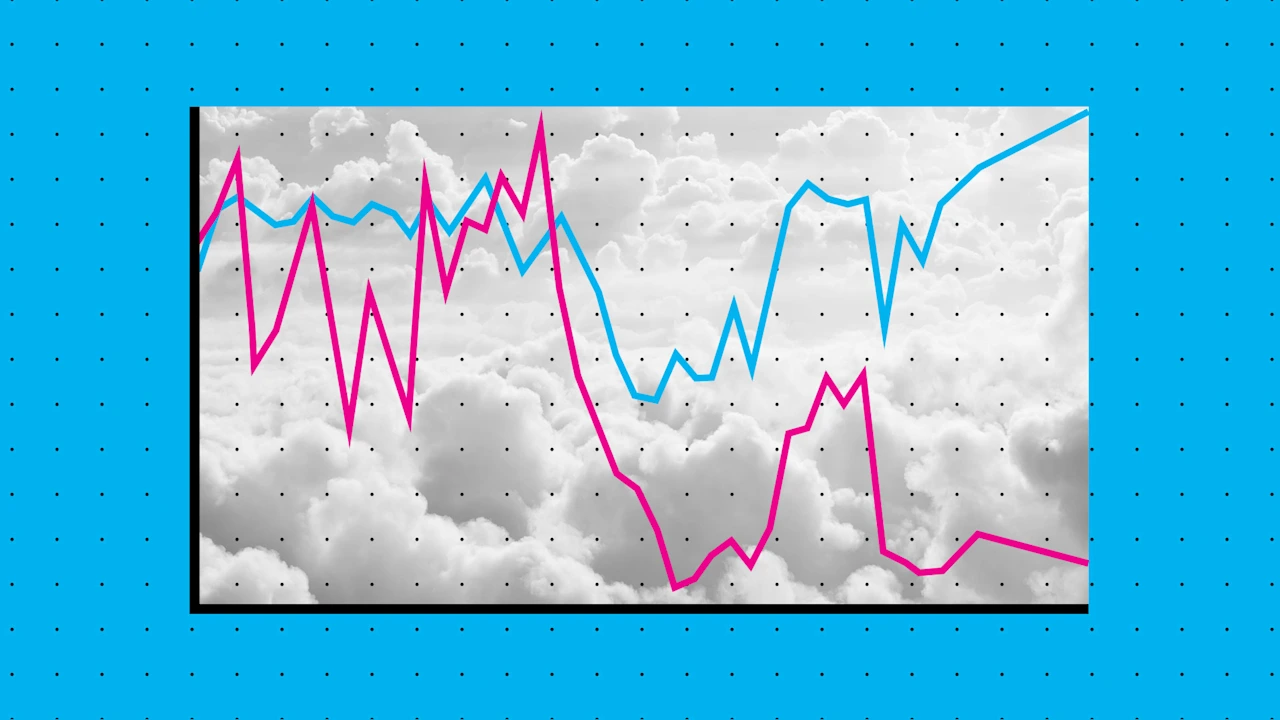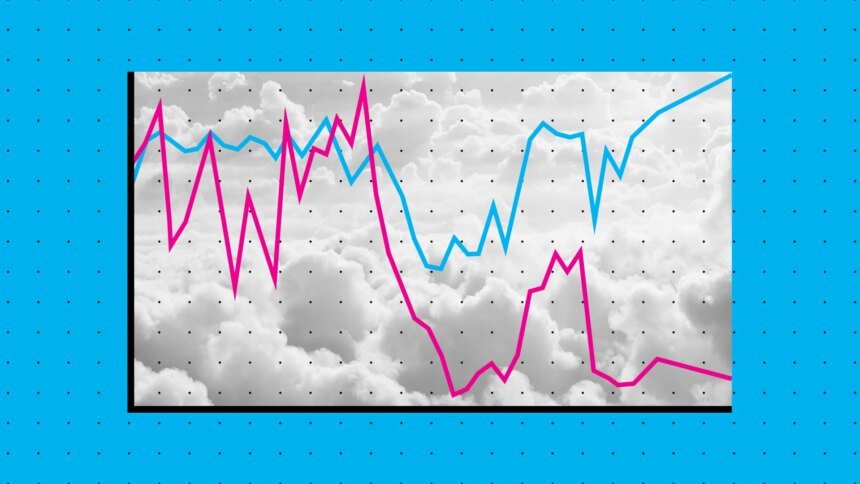
The gap between the richest and poorest Americans is widening in what Federal Reserve Chairman Jerome Powell has called a “bifurcated economy,” as the cost of living skyrockets from housing to food prices, but wages for most workers remain stagnant. Basically, high-income individuals are doing well, while lower-income consumers are struggling more and more.
That situation has sparked discussions about whether we’re in a so-called “K-shaped economy.”
A K-shaped economy—coined after the shape of the letter: a horizontal line marked by two lines, with one going lower, the other going up—happens when the economy is rolling along, and it suddenly loses steam and begins to drop. And then, after a period, the Fed comes in and lowers interest rates to get things going again, professor Peter Ricchiuti at Tulane University’s A.B. Freeman School of Business tells Fast Company.
Simply put, in a K-shaped economy, the Federal Reserve sees the economy weakening, possibly leading to a recession, so it lowers interest rates to stimulate the economy to try and avoid that.
“This action really benefits the upper class, as it makes the value of their investments—stocks, bonds, and real estate—rise,” Ricchiuti explains. “More often than not, the wealthy are better off than when the downturn began.”
“Meanwhile, the middle class is hurt even more,” he continues. “If they have any savings at all, it’s invested in money market funds and bank CDs. These now offer lower returns because interest rates on those instruments have been lowered.”
But “it’s not the Fed’s fault,” Ricchiuti adds. “The most powerful tool in [the Federal Reserve’s] toolbox is lowering interest rates. They’re trying to boost the economy but, in doing so, they are widening the economic gap.”
So, are we headed to a recession?
“I do think the economy is slowing down and potentially moving into recessionary conditions that may show up next year,” Melina Murren Vosse, assistant professor of finance at the University of San Diego’s Knauss School of Business, tells Fast Company. “Talk of the AI bubble, general overvaluations, and global trade uncertainty seem to be making markets squeamish lately.”
Ricchiuti says it’s “tricky” to tell whether we’re heading to a recession, “because unemployment number are the key indicator of a recession and we haven’t gotten unemployment levels for quite some time.”
“There just isn’t enough information to feel really comfortable making a determination,” he says.
That’s in part because the Trump Administration fired the head of the Bureau of Labor Statistics (BLS), which collects, crunches, and publishes those unemployment numbers. On August 1, President Donald Trump ordered the firing of Erika McEntarfer after the agency released a report that showed hiring had slowed down significantly over the past three months. Then, a government shutdown further delayed the collection and release of the numbers.
The BLS last released unemployment numbers for the month of August. We are still waiting on September and October numbers, and the BLS said it will not release a full U.S. jobs report for October until it has a full report for November, which it also pushed back to December 16.
Generally speaking, a recession is when there are two consecutive quarters of negative gross domestic product (GDP) growth, but it’s impossible to determine if that’s happened, because the numbers haven’t come out.
However, Ricchiuti notes that even though people fear a recession, it generally lasts only a year, while an economic expansion lasts seven years, he says. So even if you’re fearing a recession, it may be more temporary than it might seem.
The final deadline for Fast Company’s World Changing Ideas Awards is Friday, December 12, at 11:59 p.m. PT. Apply today.







